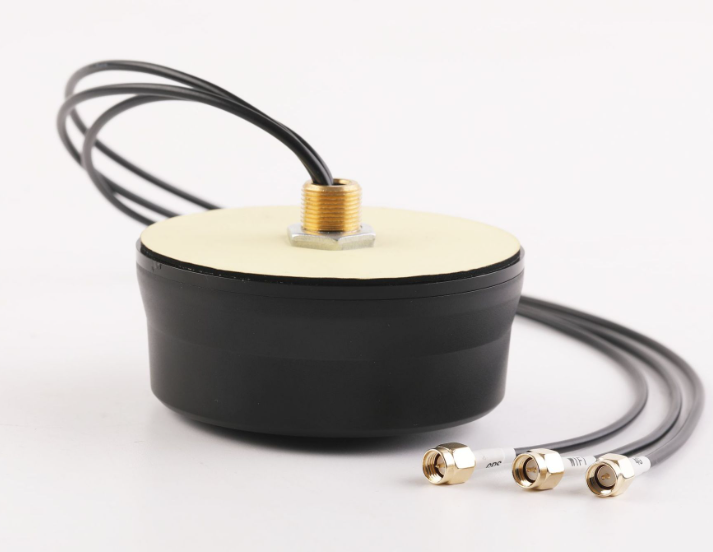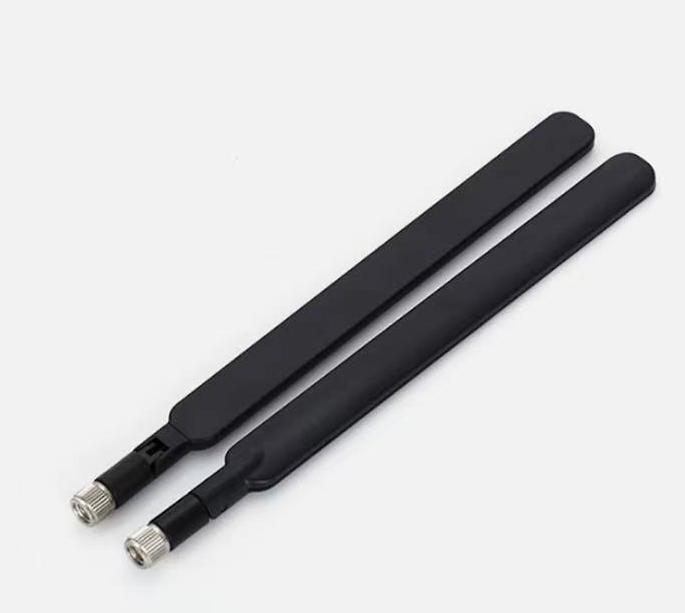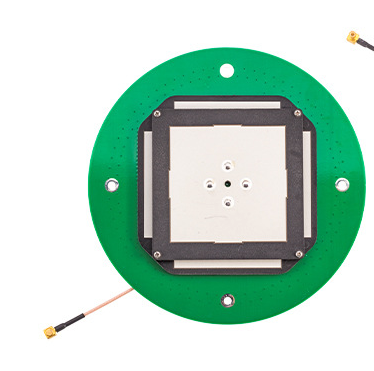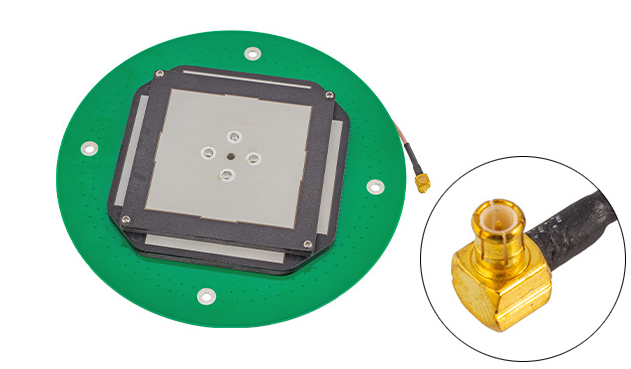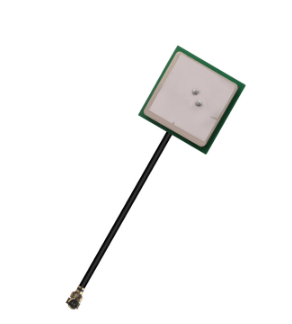Gps Antenna debugging
With the popularization of Global Positioning system (GPS) technology, GPS antenna is more and more widely used in various fields. The performance of GPS antenna directly affects the positioning accuracy and reliability, so it is particularly important to debug GPS antenna. This paper will introduce the debugging process of GPS antenna in detail, including preparation, installation, testing and optimization and other key links. To help readers better understand and master the technical details and best practices of GPS antenna debugging.
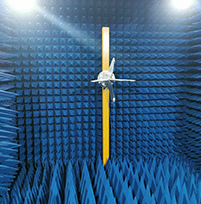
GPS Antenna debugging preparation
1. Understand the antenna performance parameters.
Before debugging the GPS antenna, it is necessary to understand the basic performance parameters of the antenna, such as frequency range, gain, polarization mode, impedance and so on. These parameters will determine the performance of the antenna and the matters needing attention in the debugging process.
2. Choose the appropriate debugging tool
Choosing the appropriate debugging tool is the key to GPS antenna debugging. The commonly used debugging tools include signal generator, spectrum analyzer, vector network analyzer (VNA) and so on. According to the antenna type and test requirements, select the appropriate tool for debugging.
3. Set up the test environment
In order to obtain accurate test results, it is necessary to build a suitable test environment, which should avoid interference sources as far as possible, such as other radio equipment, high-voltage wires, reflectors, etc., and ensure that the test site is open so that the antenna can receive enough GPS signals.
Installation and debugging of GPS antenna
1. Select the installation location
When installing the GPS antenna, you should choose a suitable location, the ideal location should have a high altitude, wide field of vision, so that the antenna can receive enough GPS signals, but also need to avoid blocking objects, such as buildings, trees, etc., so as not to affect the reception of the signal.
2. Install the antenna
According to the type of antenna, install according to the installation instructions provided by the manufacturer to ensure that the antenna is firmly fixed and prevent antenna displacement or damage due to factors such as vibration or wind power.
3. Preliminary debugging
After the installation is completed, preliminary debugging is carried out to check whether the connection of the antenna is good or not, to ensure the normal operation of the antenna, to send the GPS signal using the signal generator and to receive the signal using the spectrum analyzer, to observe the strength and quality of the signal.
GPS antenna test
1. Reception performance test
Reception performance testing is a key step in GPS antenna debugging. The reception performance of the antenna is evaluated by testing the receiving sensitivity, receiving bandwidth, receiving gain and other parameters of the antenna.
2. Anti-jamming ability test
In the complex electromagnetic environment, the GPS antenna may be interfered by other radio equipment. The anti-jamming ability is tested to evaluate the performance of the antenna in the interference environment.
3. Orientation test
For the directional antenna, the directional test is needed to determine the radiation direction and lobe width of the antenna, and the radiation pattern of the antenna is drawn by testing the received signal strength in different directions.
GPS antenna optimization
1. Adjust the antenna parameters
According to the test results, the parameters of the antenna are adjusted to optimize the performance of the antenna, adjust the tilt angle, azimuth angle and so on, so as to improve the receiving performance of the antenna.
2. Improve the installation location
If the installation position of the antenna is not good, it may lead to the decline of the reception performance, you can try to improve the installation position of the antenna to obtain a better reception effect.
3. Choose the appropriate type of antenna
In some special application scenarios, it may be necessary to use a special GPS antenna type, choose the appropriate antenna type, can improve the performance of the antenna, in the marine environment, may need to use the waterproof GPS antenna; in the mountain environment, may need to use the GPS antenna with high gain.
GPS antenna debugging is a complex and important work. Through reasonable preparation, installation, testing and optimization, the performance of GPS antenna can meet the application requirements. This paper introduces the technical details and best practices of GPS antenna debugging in detail, hoping to help readers. In practical application, it is necessary to flexibly adjust and optimize the performance and installation position of the antenna according to specific conditions in order to obtain the best receiving effect.
